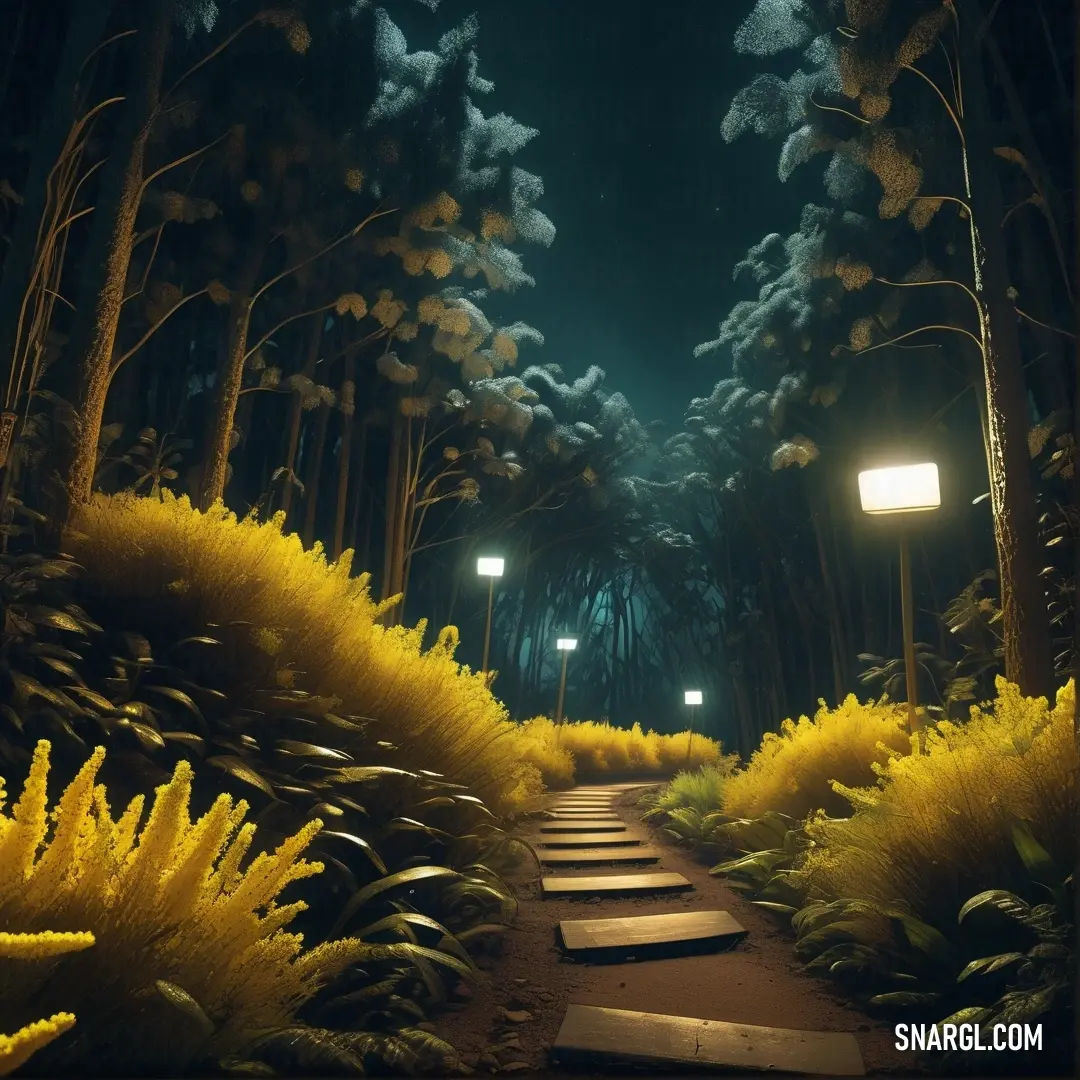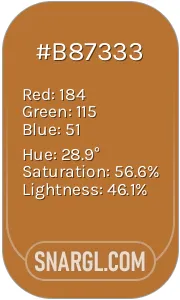
PANTONE 111
What color is PANTONE 111?
PANTONE 111 is a medium dark shade of yellow with a hexadecimal color code of #B69920.
It has a hue of 48°, a saturation of 82% and a lightness of 71%.
PANTONE 111 is available in various Pantone products, such as formula guides, solid chips, plastic chips, and digital tools.
It can be used for different purposes, such as printing, packaging, fashion, home, and plastics.
PANTONE 111 is also compatible with other Pantone color systems, such as textiles and skintone.
It is a warm and earthy color that can evoke feelings of optimism, energy, and confidence.
This color can also be associated with autumn, harvest, and nature.
Some examples of brands that use PANTONE 111 or similar shades of yellow are UPS, DHL, IKEA, and National Geographic.
PANTONE 111 is a versatile and vibrant color that can be combined with other colors to create different effects and moods.
It is a color that can be used for various applications and occasions, and that can reflect the trends and values of the times.
Example of the palette with the PANTONE 111 color

See these colors in NCS, PANTONE, RAL palettes...
Example of the palette with the PANTONE 111 color

See these colors in NCS, PANTONE, RAL palettes...


















 Black
Black Battleship Grey
Battleship Grey Anti-flash White
Anti-flash White Meat brown
Meat brown Liver
Liver Phthalo green
Phthalo green Copper
Copper Pale pink
Pale pink Citrine
Citrine Teal blue
Teal blue







